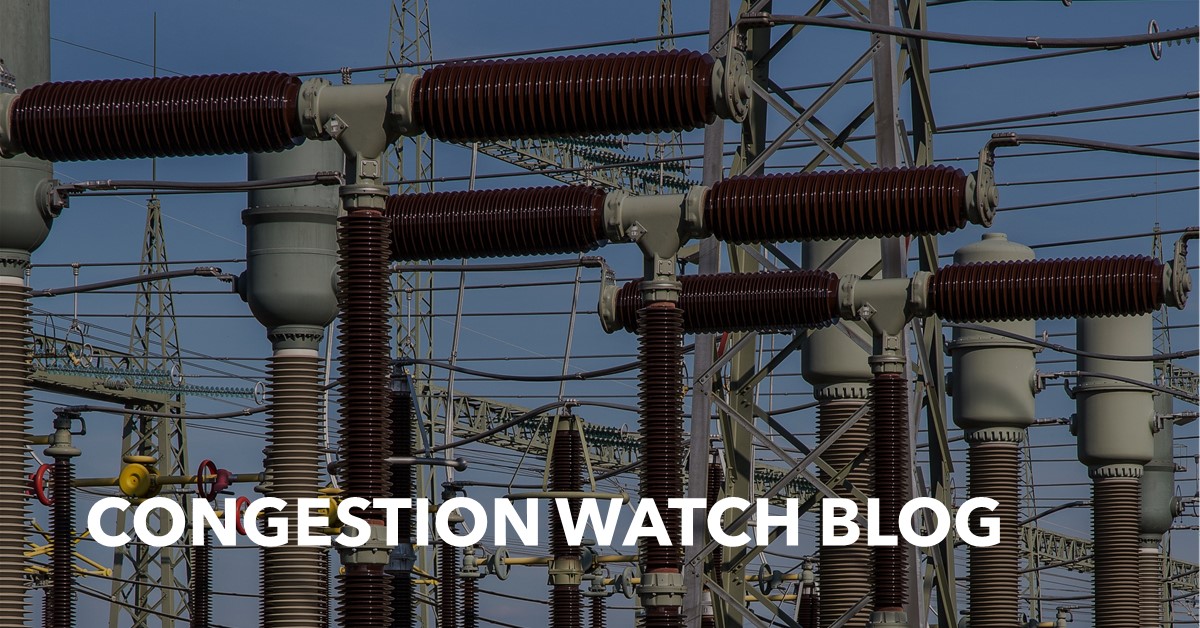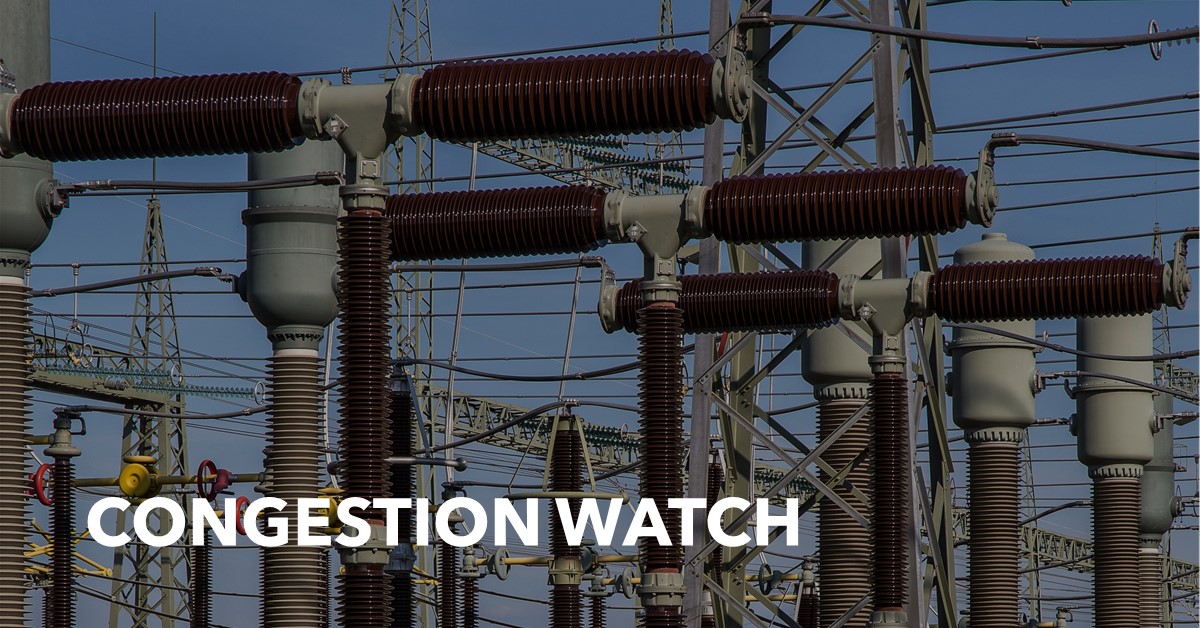Elevated Load Levels Will Be the Culprit for Congestion in PJM, NYISO & ISO-NE This July | Congestion Watch Blog
Temperatures across PJM, NYISO, and ISO-New England are expected to heat up and be the primary driver for congestion in July. Summer heat and potential re-distribution of the load profile due to individuals returning to work will keep eyes focused on demand fluctuations through the month.
ESAI Power predicts very minimal generator or nuclear reactor outages in July, ultimately supporting the emphasis on demand levels.
- ISO-NE on-peak load is expected to average 1-3 MW higher through the month than what was seen in July 2020.
- PJM West peak loads could reach near 80 MW on the hottest days, bolstering overall on-peak averages higher than last July as well.
- NYISO is also forecasted to see warmer-than average temperatures over the next few weeks, however peak loads will likely be consistent with the previous two Julys.
Outside of higher load levels in the Northeast, ISO NE could potentially see congestion driven by transmission outages in the first half of the month that have competing impacts across the regions hubs. Despite the elevated load levels, overall congestion risk is slightly reduced in PJM due to recent upgrades within the transmission system. However, keep an eye out for a few transmission outages in PJM West that will drive bearish congestion for a bulk of the month. ISO-NE and NYISO will also see transmission outages that are forecasted to impact interface limits in the respective market.
Subscribers: Find out more about congestion drivers in July in our recent issue of Congestion Watch.
Learn About Congestion Watch
Congestion WatchTM Ahead of each monthly Firm Transmission Rights (FTR) auction in the Northeast, our monthly congestion report provides month-ahead assessments of the congestion component of zonal LMPs for each Northeast RTO. Congestion WatchTM provides expert insights into key drivers for congestion pricing such as transmission and generation outages, system load and changes to fuel prices.




